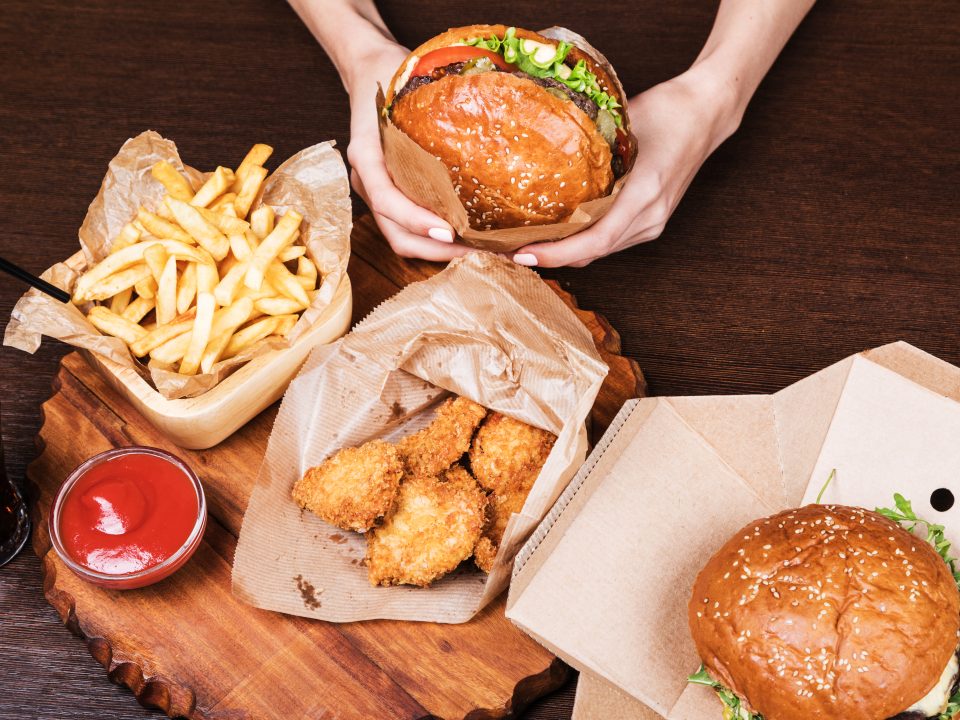Beef & Mushroom Stir Fry
June 30, 2016Pork skewers
July 5, 2016
Diabetes can seem incredibly complicated, there is a lot of information, a lot of conflicting advice on diets, and a lot of confusion about medications including insulin.
We’ve got the super simple breakdown here for you:
First- lets go through the basics.
– You have an organ in your body called your pancreas.
– Your pancreas produces a hormone called insulin.
– Insulin is released into your bloodstream after you eat carbohydrates.
– Carbohydrates are any food or drink which break down into sugar when digested. (Bread, rice, pasta, noodles, potato, sweet potato, fruit, lentils, most dairy, and sweet foods are some examples of carbohydrates).
– You need sugar for energy, it’s the #1 preferred fuel source in your body.
– Insulin acts to unlock cells of your muscles, organs, and brain, letting the sugar in so it can be used for energy. Without insulin, the sugar from your food would just float around in your bloodstream.
What is diabetes?
Diabetes is a disease where you either don’t produce enough insulin, your cells are resistant to the effects of insulin, or both.
There are two types- type 1 diabetes usually starts in childhood and is when the pancreas stops producing insulin, and so insulin injections are needed.
Type 2 diabetes, or non-insulin dependant diabetes (NIDDM) is the most common type and occurs usually later in life. It is often due to lifestyle factors such as being overweight/obese, having high sugar/carbohydrate intakes, and being inactive (but genetics play a role too).
It starts with your body becoming resistant to insulin, so your pancreas has to produce more and more to have the same effect. Think of the first cup of coffee you ever had, gave you quite a buzz right? If you now drink 4 or 5 cups a day, just one cup won’t have anywhere near the same effect, because you’ve developed a tolerance to it, and you need more to get the same effect.
Same with insulin, you produce more and more to get the same effect, and this works for quite a while, which is why diabetes often goes undiagnosed for a long time.
But at some point your pancreas gets tired and can’t keep up, and then there are lots of sugar molecules in your bloodstream, which can cause damage. To get your head around this idea, imagine just you and I are walking down a hallway, trying to get to the end, we have plenty of room and this is not a problem right?
Now put a hundred people into that hallway with us. We will be banging into walls, each other, generally just causing damage. Same idea with too much sugar in your blood- but this can cause damage to eyes, nerves, your heart and blood vessels.
If you go too long without being diagnosed, and your blood sugars stay high for a long time, you will become symptomatic- sight problems, bleeding gums, problems going to the toilet, frequent infections, hearing problems, tingling in the hands or feet are common symptoms.
So what should I do?
Get regular blood sugar tests from your doctor if you have any of these risk factors- you have a family history diabetes, you had gestational diabetes when pregnant, you are overweight/obese, have a high carb/sugar diet, don’t exercise much, you have polycystic ovaries, high blood pressure, or high cholesterol, or are over 45 years old.
If you do find out you have impaired glucose tolerance (IGT), or diabetes, your aim is to eat regular, moderate portions of low GI carbohydrates, move more, reduce smoking/alcohol, and aim to keep your blood sugars between 4.5-8mmol/L (keep track of your blood sugar levels if your doctor tells you you need to).




